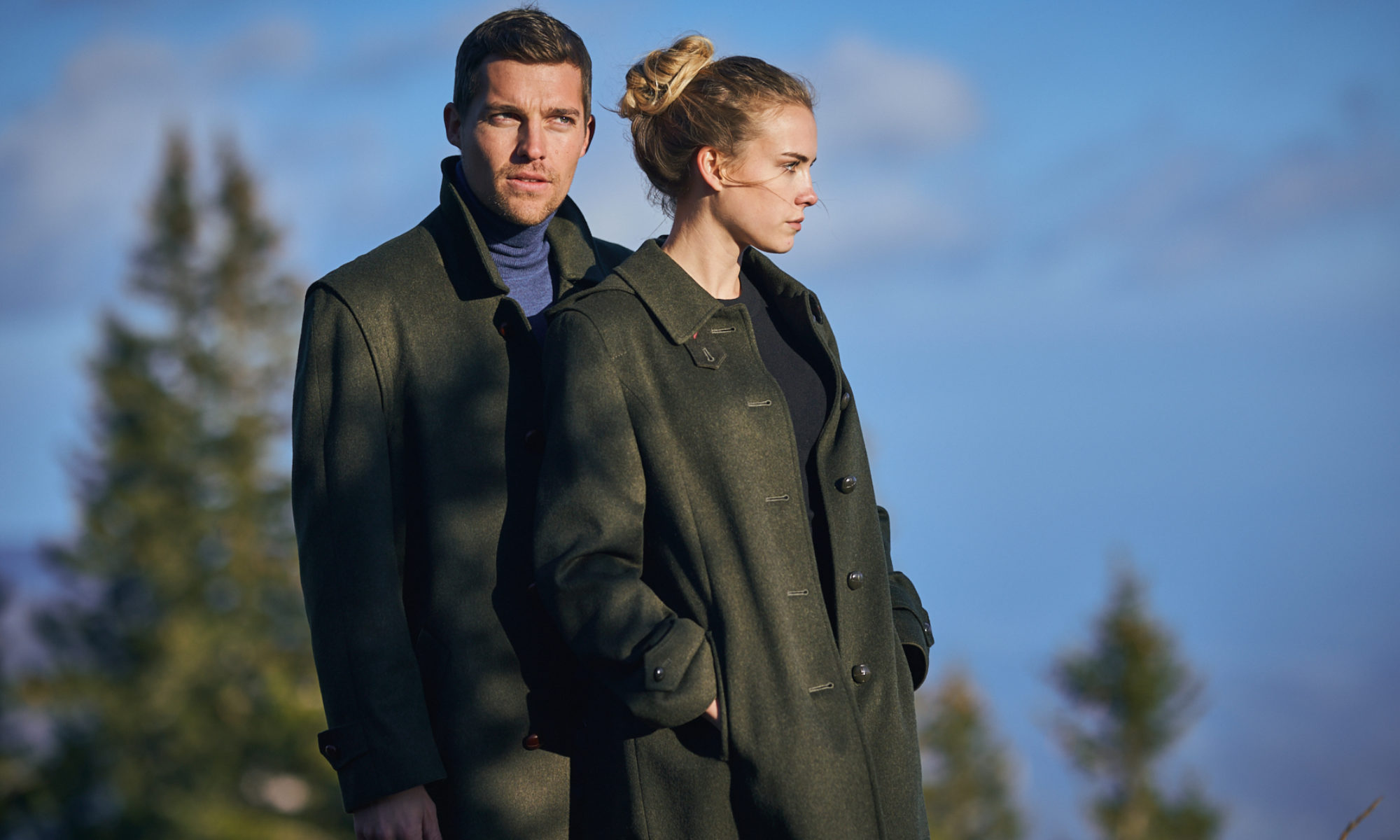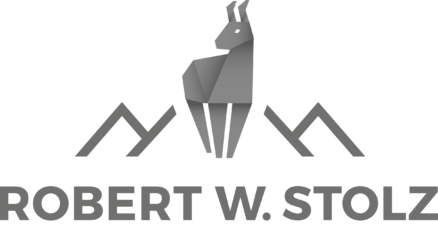AN ELEGANT STYLE FROM EUROPE
If you’ve spent any time during the colder months in Europe, particularly the Alpine region, you’ve probably seen some beautiful long flowing Loden Wool Outerwear, even if you didn’t know that’s what it was called.
Even if you haven’t seen Loden coats in their native region, maybe a friend returning from Germany was wearing a beautiful wool coat and you wondered, what kind of coat is that? Well now you know, it was a Loden coat.
Colloquially Loden refers to a style of long overcoat originating in the Austrian Alpine region of Tirol. However technically it refers to just the fabric these coats are made out of. In fact, Loden can be used for all types of outerwear, pants and even home furnishings like upholstery, pillows and blankets.
Click here to see the Robert W. Stolz WOMEN’S Collection of Loden Wool Outerwear
Click here to see the Robert W. Stolz MEN’S Collection of Loden Wool Outerwear
THE ADVANTAGES OF LODEN WOOL
What makes a Loden fabric a ‘Loden’ is the extensive wet-finishing process the loosely woven wool fabric goes through, resulting in a denser fabric. It’s difficult to generalize more than that because Loden fabric can be made in a variety of weights and finishes depending on the intended use. However, most likely the Loden is used in a Loden Coat or Blazer (Mantel or Janker in German) so the fabric typically weighs between 300 – 600 grams/meter (13 – 16 oz.).
The hours long wet-finishing process uses warm soapy water and tension to shrink the fabric. It is similar to felting but technically quite different because the fabric has already been woven. This process interlocks the individual wool fibers, assisted by the natural microscopic ‘barbs’ on each fiber. This results in millions of microscopic air pockets that give Loden its famous temperature regulating ability. It will keep you warm but also breathe as your body temperature heats up hiking up a mountain, (or on a walk in the park 🙂
Finally, the Loden fabric is brushed and napped repeatedly until the desired drape and finish is achieved. The brushing not only makes it soft, but also aligns the fibers giving the fabric its famous water repelling ability, like shingles on a roof.
ORIGIN OF LODEN
It’s important to remember, Loden was designed centuries ago for a very utilitarian purpose; to keep Alpine Herdsmen warm and dry through freezing cold wet winters. The technique of making Loden was developed using the herdsmen’s own sheep wool out of necessity and the weight of the fabrics were much heavier than what is commonly used today. The fabric was also as a cape more often than a sleeved coat.
Even though Loden coats are not designed for survival purposes today, they are still extremely functional, long-lasting and practical, while at the same time hand-crafted to be exquisite heirloom worthy garments.
CHECKING FOR QUALITY
If you are looking for an authentic Loden garment a couple things to look for are where the fabric is made and what the fiber content is. Anyone selling Loden coats should be able to tell you which mill their Loden came from, there actually aren’t that many left still producing Loden in the traditional way. Authentic Loden comes from the Alpine regions of Austria, Bavaria or Northern Italy.
Also, be sure the Loden is made from 100% natural fibers. Fine Loden is usually either pure virgin wool or a mix with 15% – 20% Alpaca hair. Sometimes even finer fibers like cashmere are blended into the fabric for extra softness, but usually only 10% – 15%.
Sometimes polyester fibers are also mixed in with the wool fibers to make the fabric a little less expensive. Most people don’t pay attention to this, but if you are looking to buy a fabric with polyester mixed in, only do so if you’re saving money because the fabric will certainly cost the producer a lot less. Personally, we prefer all natural fiber mixes because they have the most beautiful sheen, drape and performance. Try as they might, developers of synthetic fiber still can’t replicate the natural crimp of wool fibers, which is critical to felting or making Loden.
WHERE TO FIND A LODEN COAT
If you’re in the German-speaking Alpine region, just ask for the local “Trachten Mode” (traditional fashion) store. But if you’re not, we recommend taking a look at the Robert W. Stolz collection of authentic Loden Wool outerwear. The Robert W. Stolz brand keeps its inventory in the United States which makes it easy to serve American and international customer alike.
CLICK HERE TO VISIT THE LODEN COAT SPECIALIST: ROBERT W. STOLZ
Custom made Loden Coats are also available for extra long or extra short sizes.

